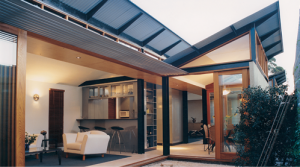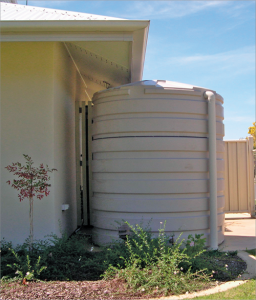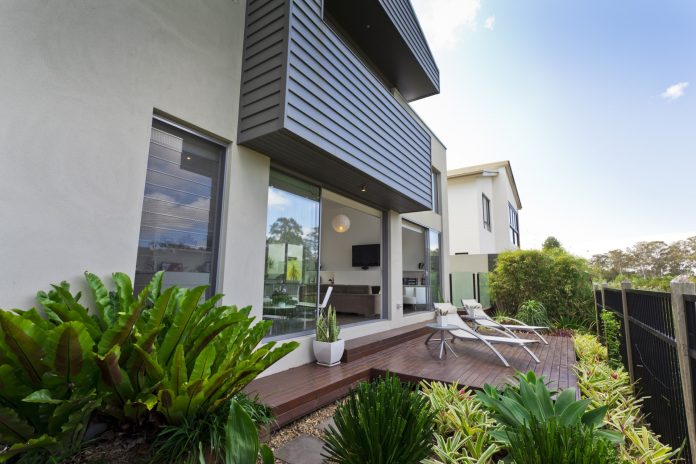There are simple things Coast homeowners can do to reduce their cost of living and improve how they live with the changing environment.
Since many of the new homes are based on generic Australian building types which don’t necessarily address our local climate, Australian Institute of Architects, Sunshine Coast branch chair Liza Neil recommends setting up your home the same way you approach looking after your body in the summer — slip, slop, slap and hydrate.
Start with slopping on the sunscreen such as light-coloured paint on the external walls which “can make a massive difference”.
Then slap on a light-coloured roof — it can make six degrees of difference to the internal temperature of a home. Under the roof and inside the walls, add lots of insulation to help control the internal temperature.

“We need to create homes that aren’t ovens, but we don’t want eskies,” Ms Neil adds.
Slip into your house design wide eaves which will help keep both the sun off and the rain out. If that isn’t possible, or allowable where you are building, then screens, window awnings, external blinds and trees which can allow you to open windows to catch a cooling breeze.
Help keep independent and fair Sunshine Coast news coming by subscribing to our free daily news feed. All it requires is your name and email. See SUBSCRIBE at the top of this article
Ms Neil suggests that when buying into an estate, owners should ask for a product that “opens to the north”. And aim to have your main living area facing north.
“Sometimes it doesn’t cost much to ask for things to be changed a little bit,” she adds.
 North-east facing windows, an outside deck or courtyard is where you will catch the best of the summer breezes and protection against the cold winter south-westerlies.
North-east facing windows, an outside deck or courtyard is where you will catch the best of the summer breezes and protection against the cold winter south-westerlies.
You can reduce your energy costs even if you don’t face north by controlling the sun on your windows and walls.
“Preferably you should shade the windows with something you can adjust,” Ms Neil recommends.
Solar panels are a no-brainer when it comes to energy independence Ms Neil adds.
“Solar hot water is also worth doing because that will reduce people’s energy bill by about 30 per cent,” she adds. She also recommends an inverter which allows for battery storage to be added on when it becomes more affordable.
Finally, hydrate your home with a rainwater tank which can supply water for your garden and car washing, and more.
It’s about being inventive and creative. “You have to be active to make it affordable and comfortable,” she adds.
Check out these websites for more energy and bill saving ideas
- livingsmartqld.com.au
- yourhome.gov.au
- commbank.com.au/about-us/sustainability-hub.html
- energy.gov.au/households/household-guides/reduce-energy-bills
- energyaustralia.com.au/blog/better-energy/how-save-energy-your-home





